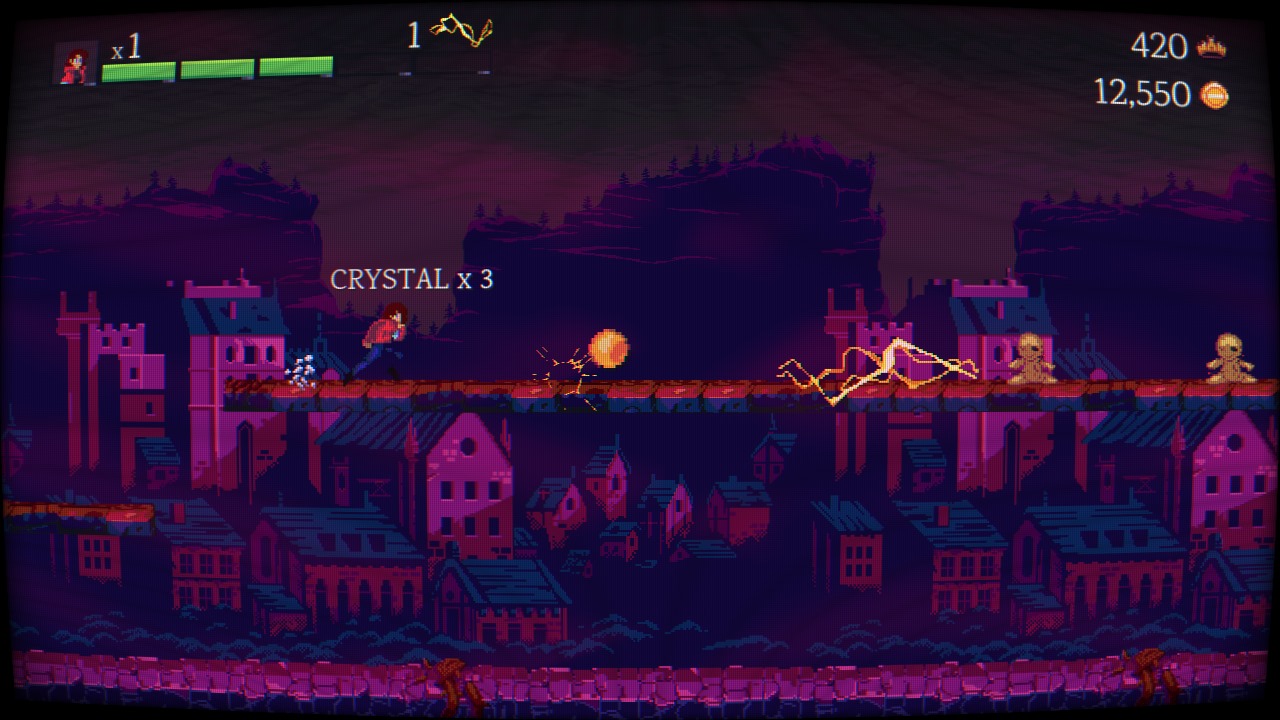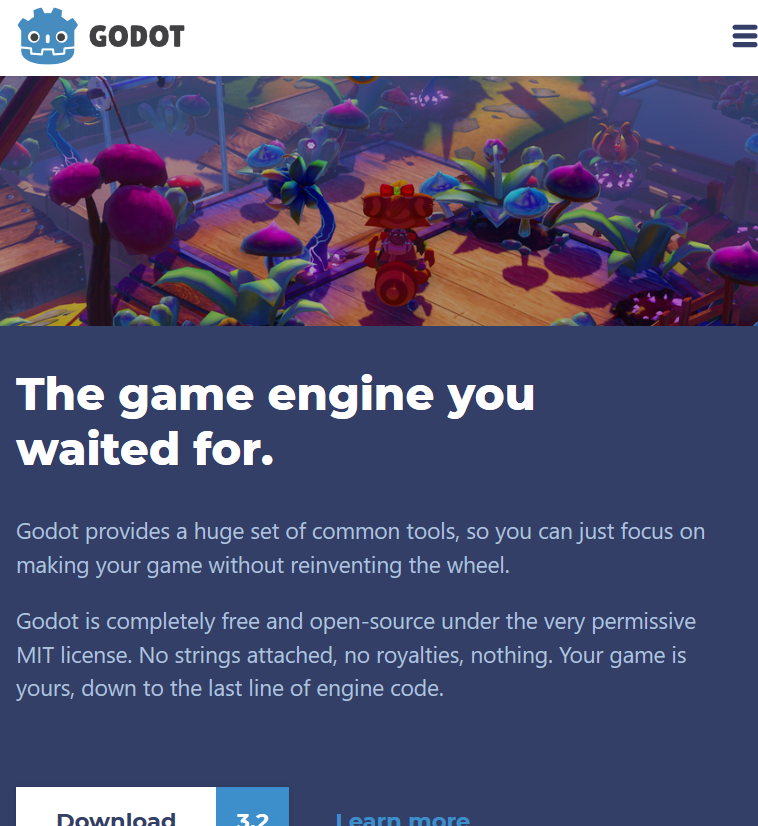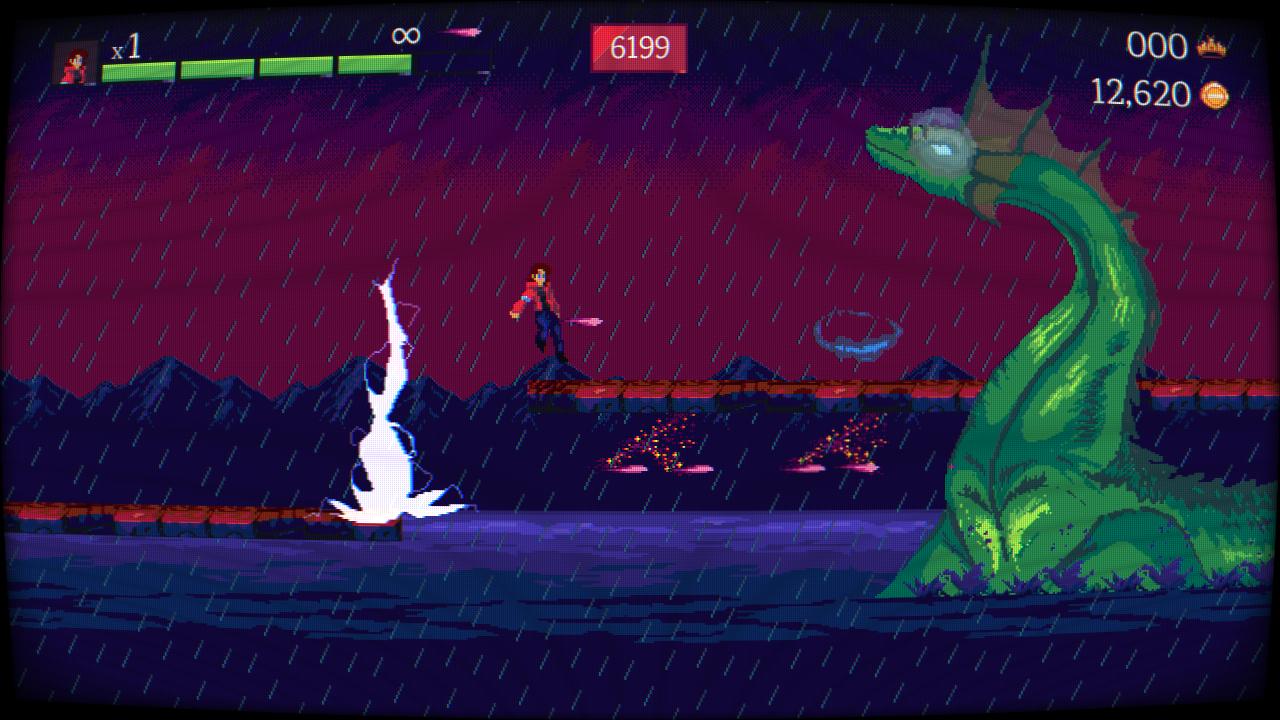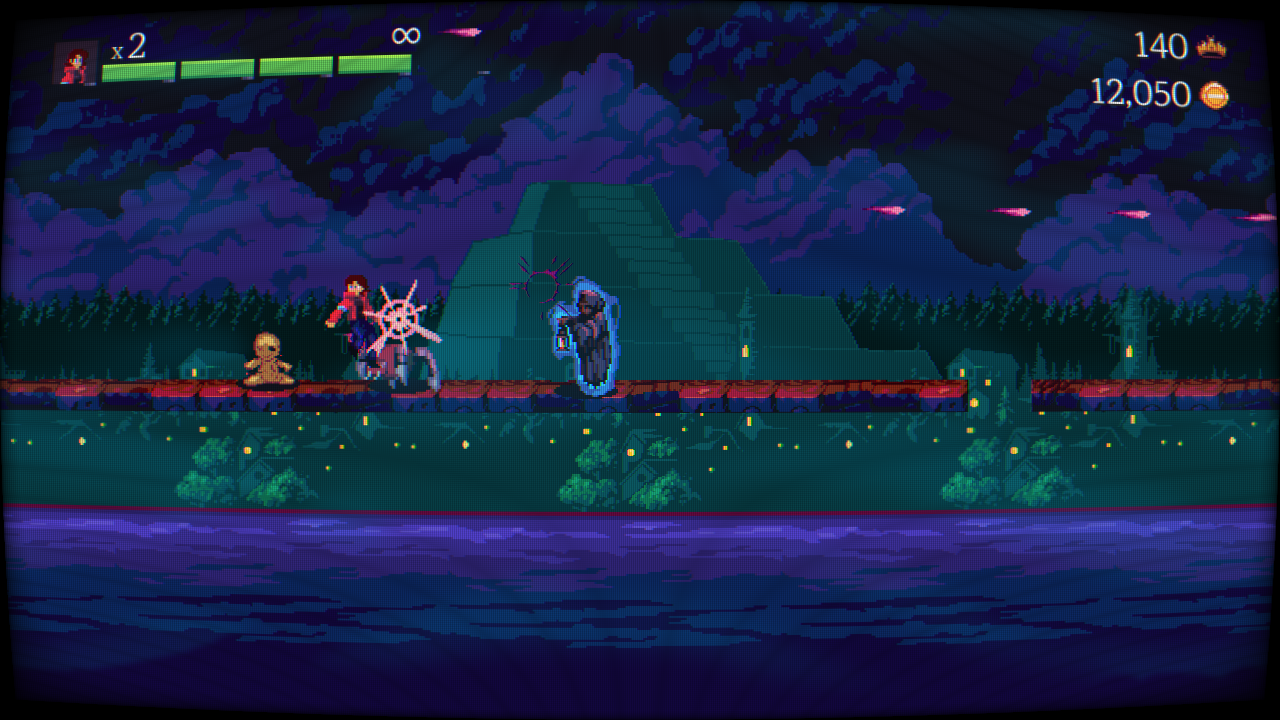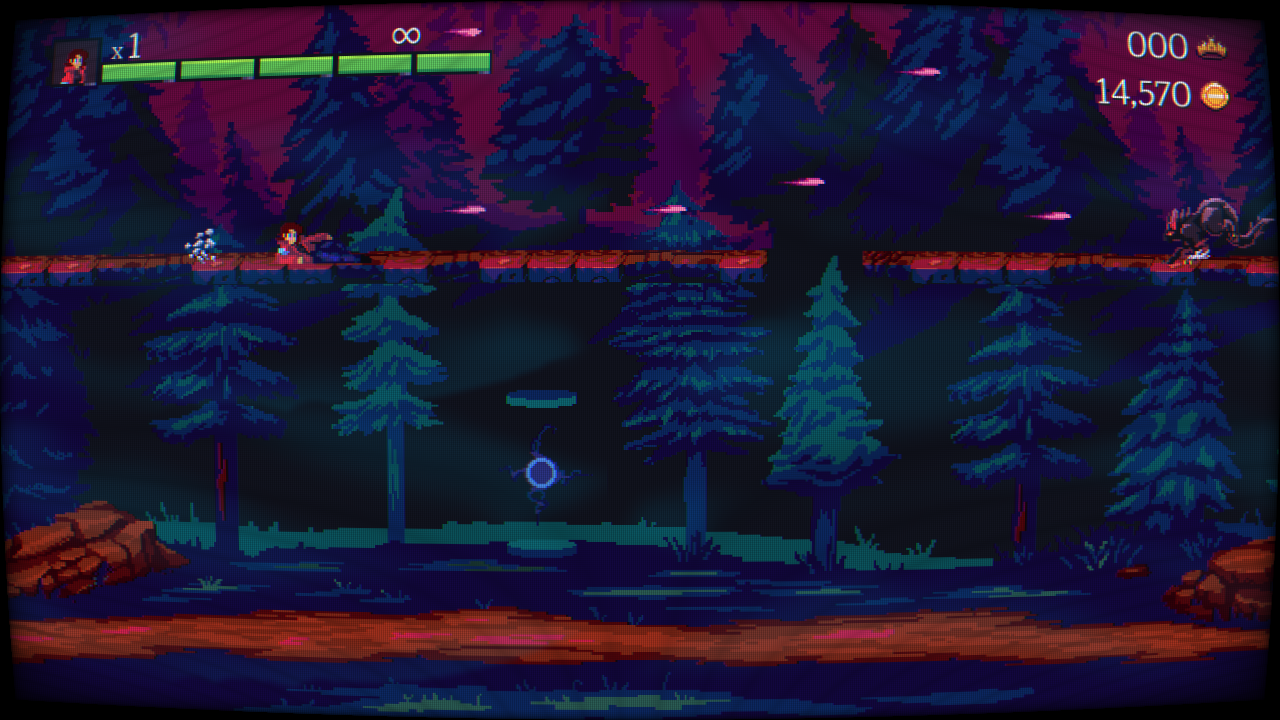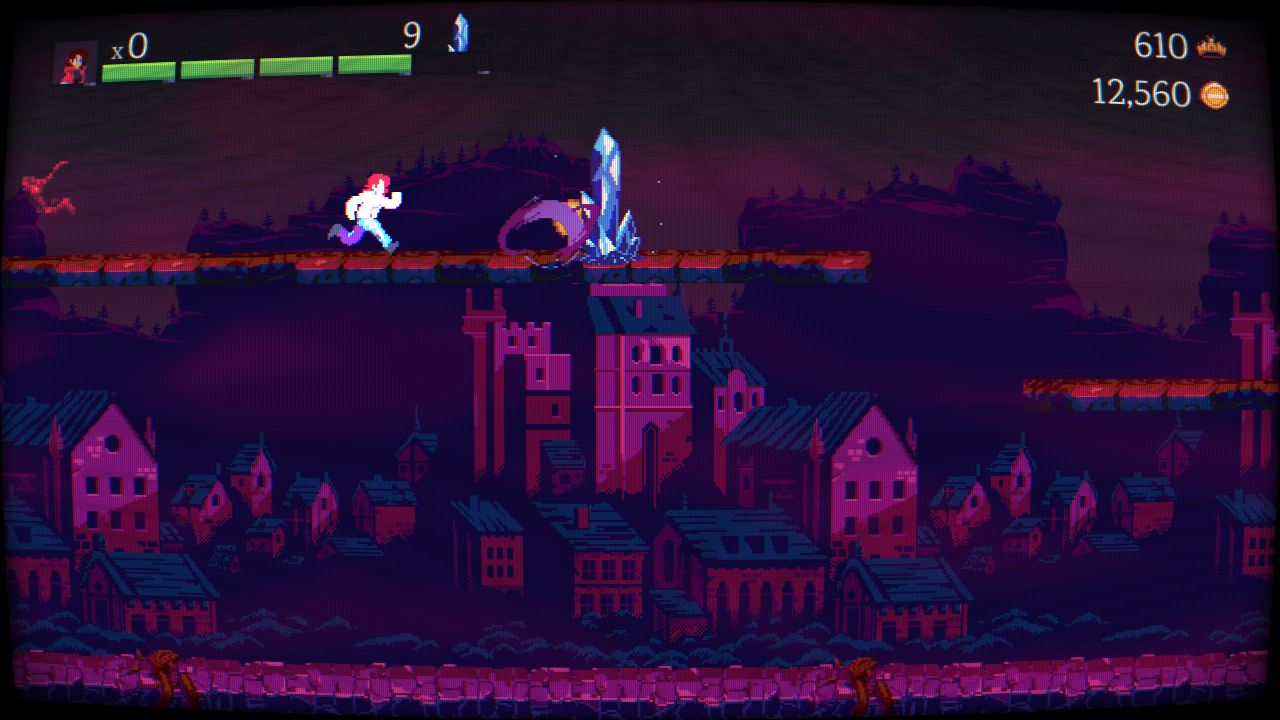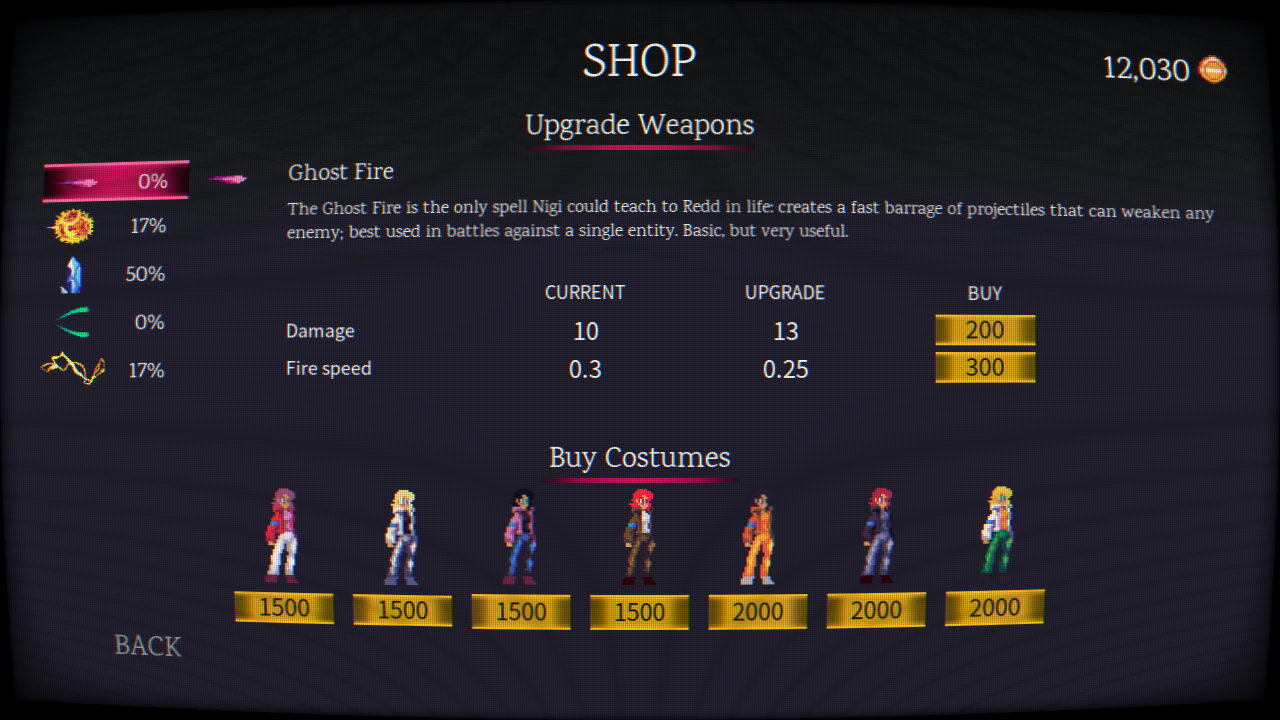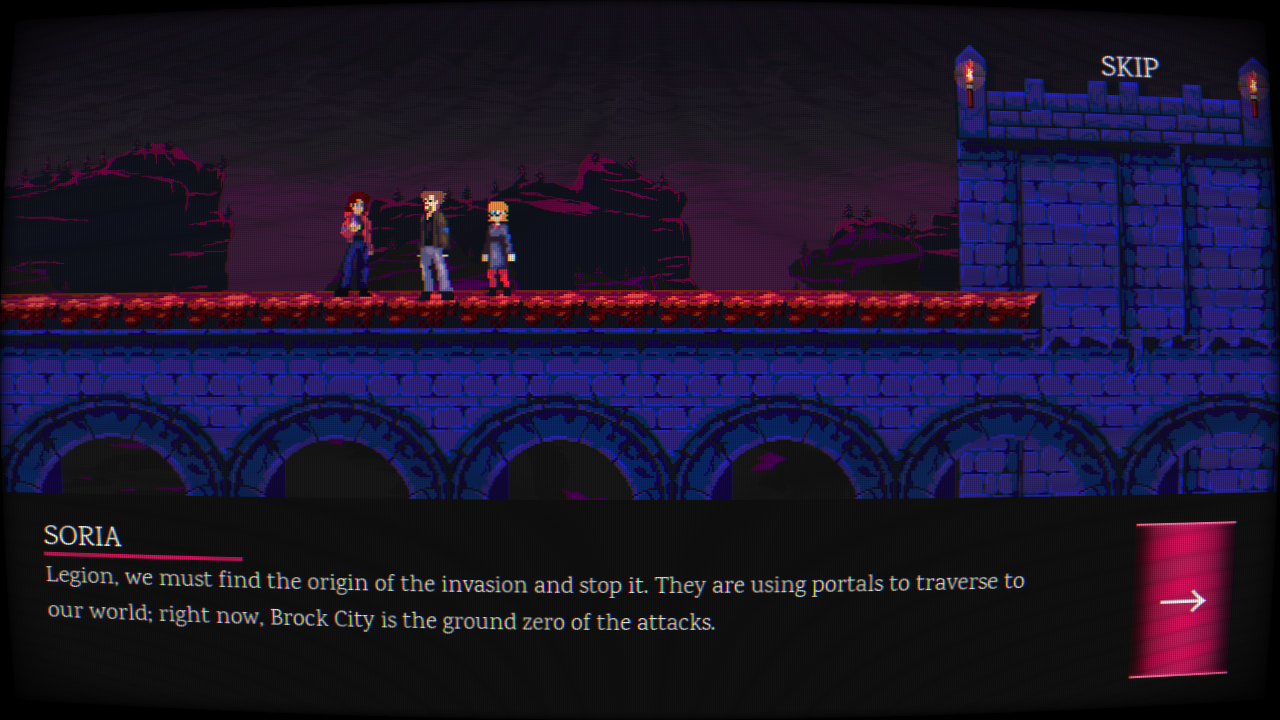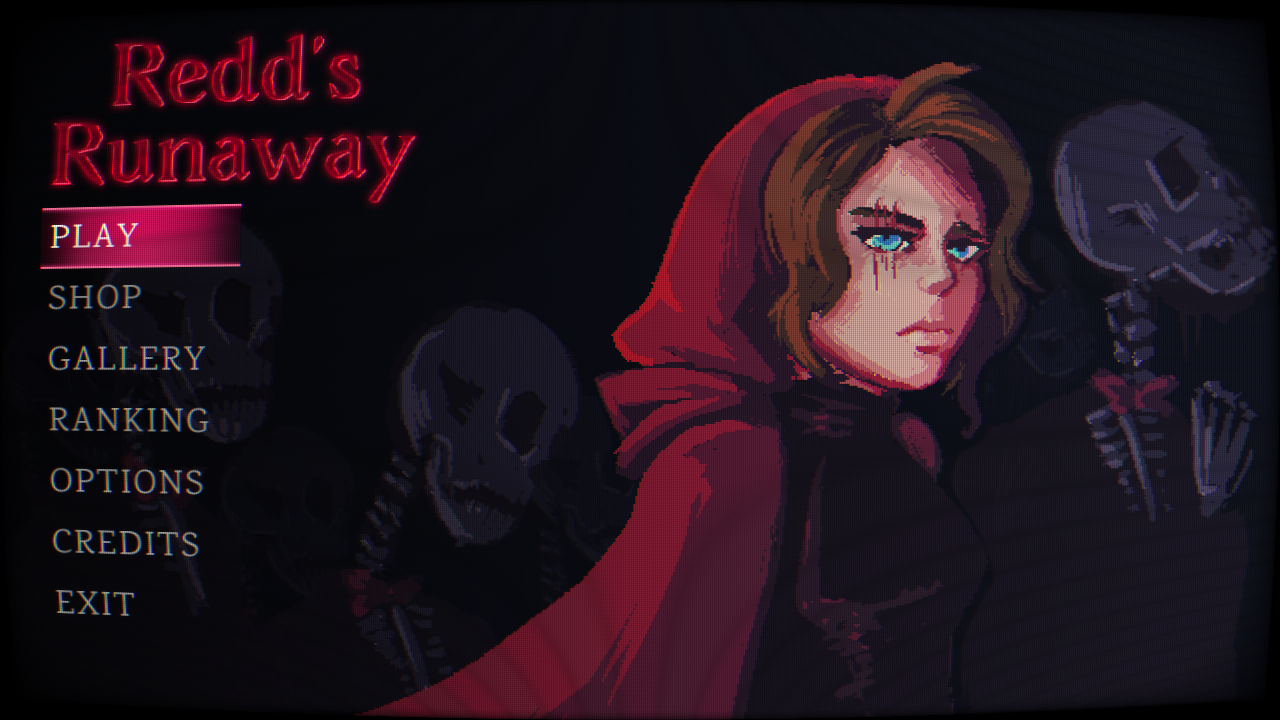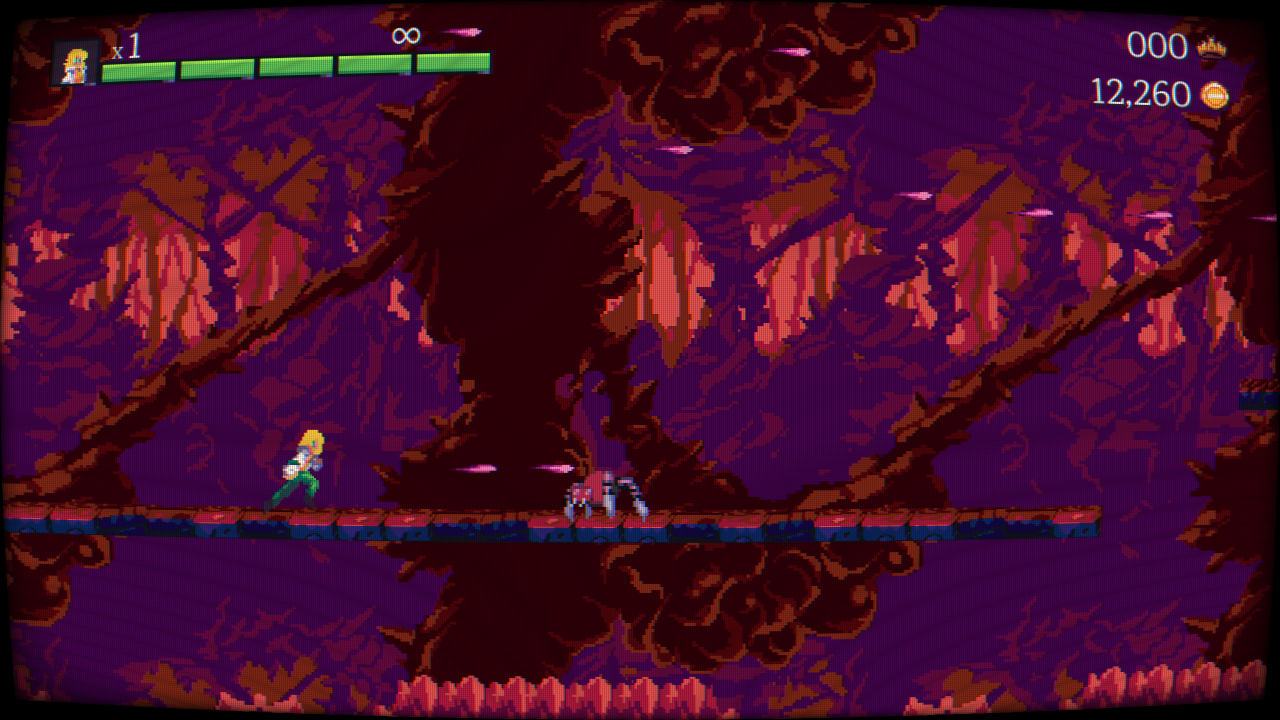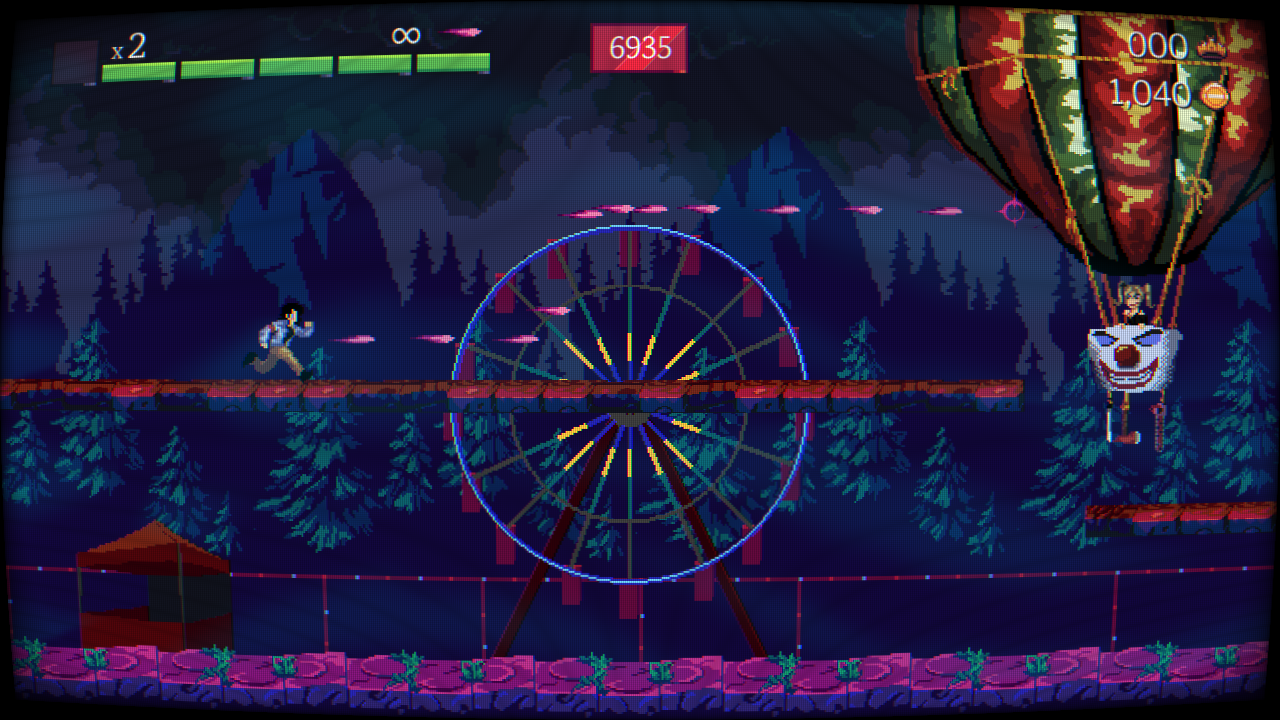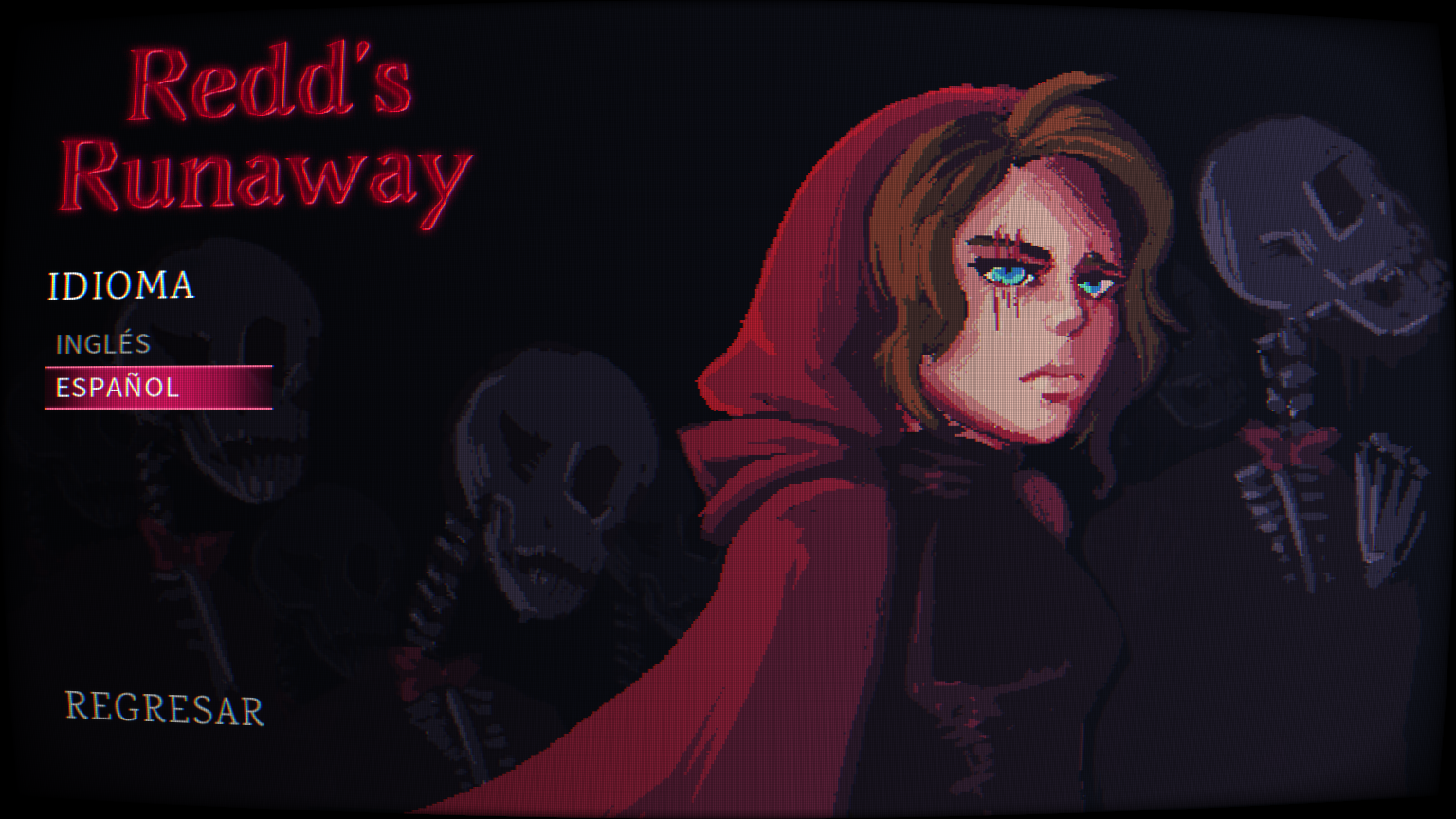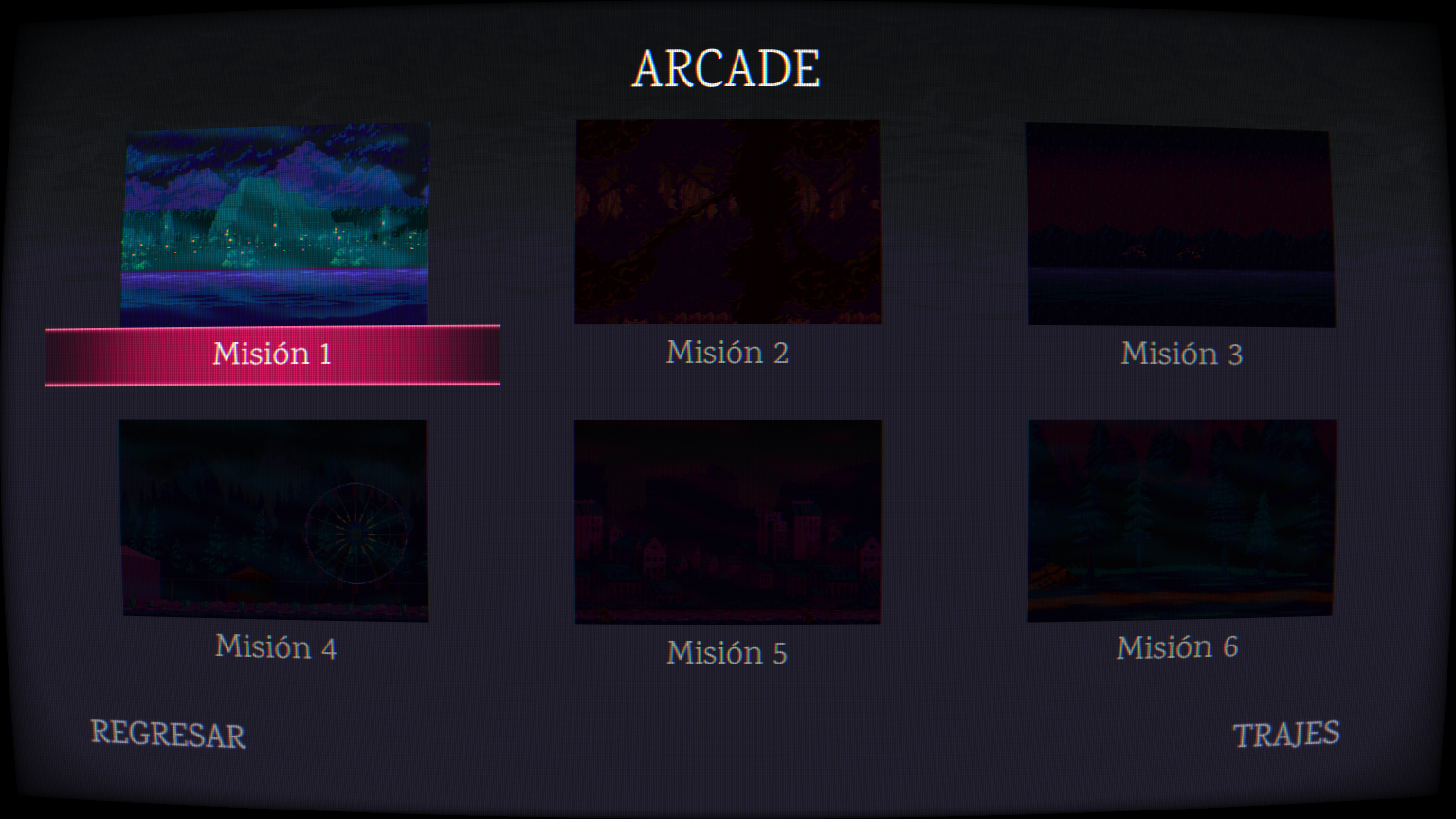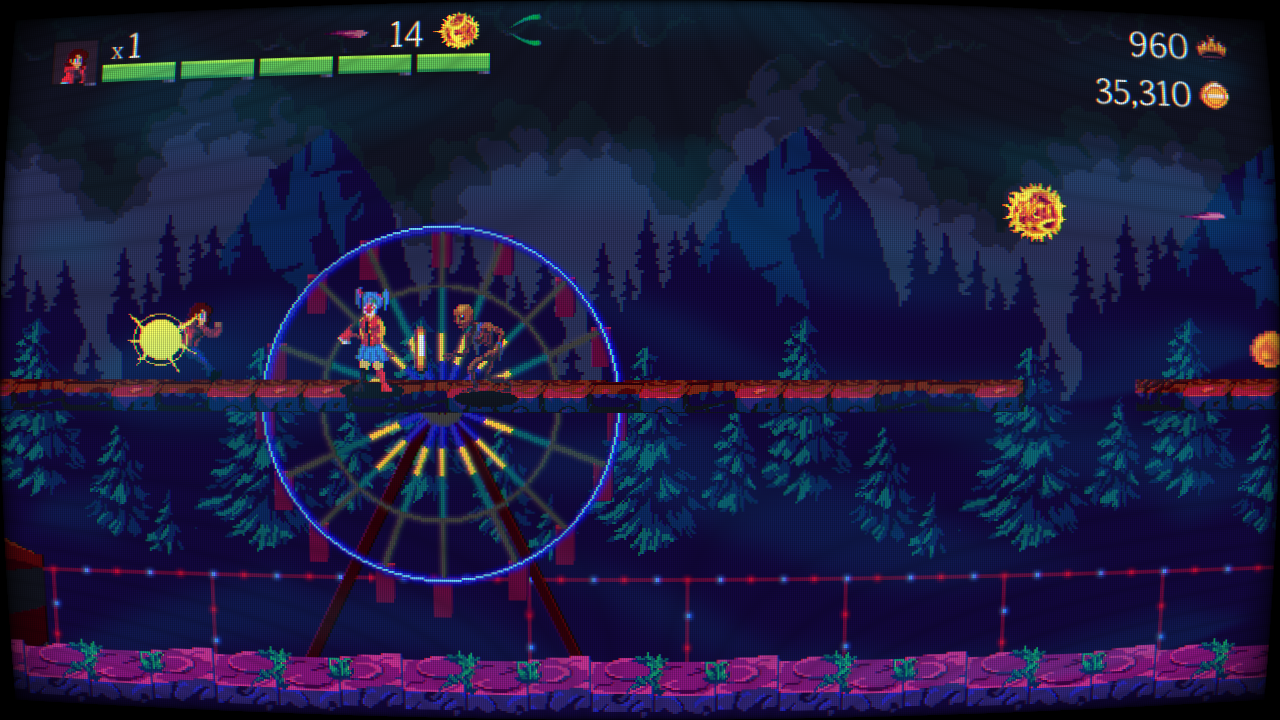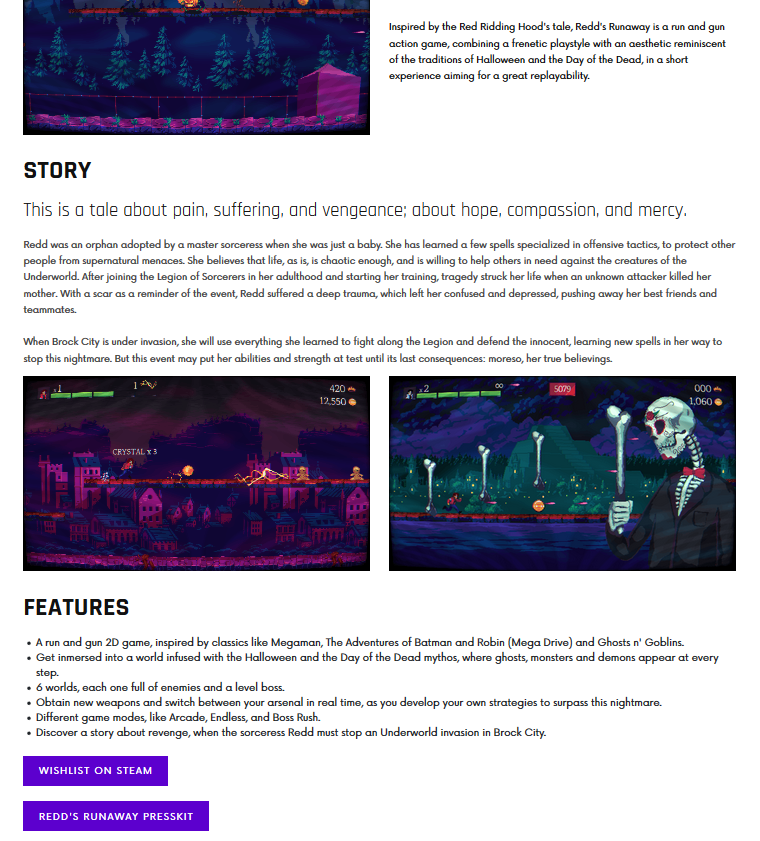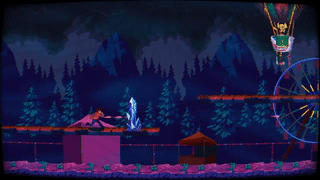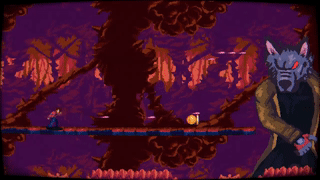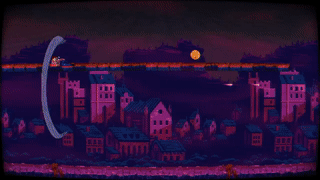Hey everyone! So I'm keeping a devlog of my journey developing my first commercial game, Redd's Runaway (https://itch.io/t/907220/redds-runaway-a-rungun-inspired-by-the-supernatural); however, I think the General Development section may be a better place for it. Please let me know what do you think.
Day 4: One-Sheet and Game Design Document
Before programming or creating art for an idea, it is recommended to set the basis of our idea in such a way that it serves as a reference for development; I think this should be especially helpful when collaborating with even a small team.
Creating these documents will even help you create small sketches of how you imagine your title advertisement can be. The One-Sheet, as its name indicates, is a single sheet where you will consider the platforms, target audience, game summary, scheme and USP's (Unique Selling Points, the most important characteristics of your game and that will help you guide your game’s presentations to the public). Also similar products, competitors, and the main theme.
On the other hand, the Game Design Document (there is a version that also consists of 10 pages) establishes both the estimated release date, the key points of your development, and several of the previous points in greater depth (game scheme , characters, controls, gameplay, game experience, mechanics, enemies, levels and advertising strategy).
I imagine that this should vary depending on the books you could read, but the main point is that this serves to direct the development with the smallest risk. Good design documentation can show you potential threats almost immediately, allowing you to start considering some solutions or even discard certain ideas to bring your game to fruition.
Reviewing the document against the final project, there were certain changes, but the vast majority of it served as the foundation of Redd’s Runaway, especially the key development points: Atmosphere, Control, Replayability and Action.